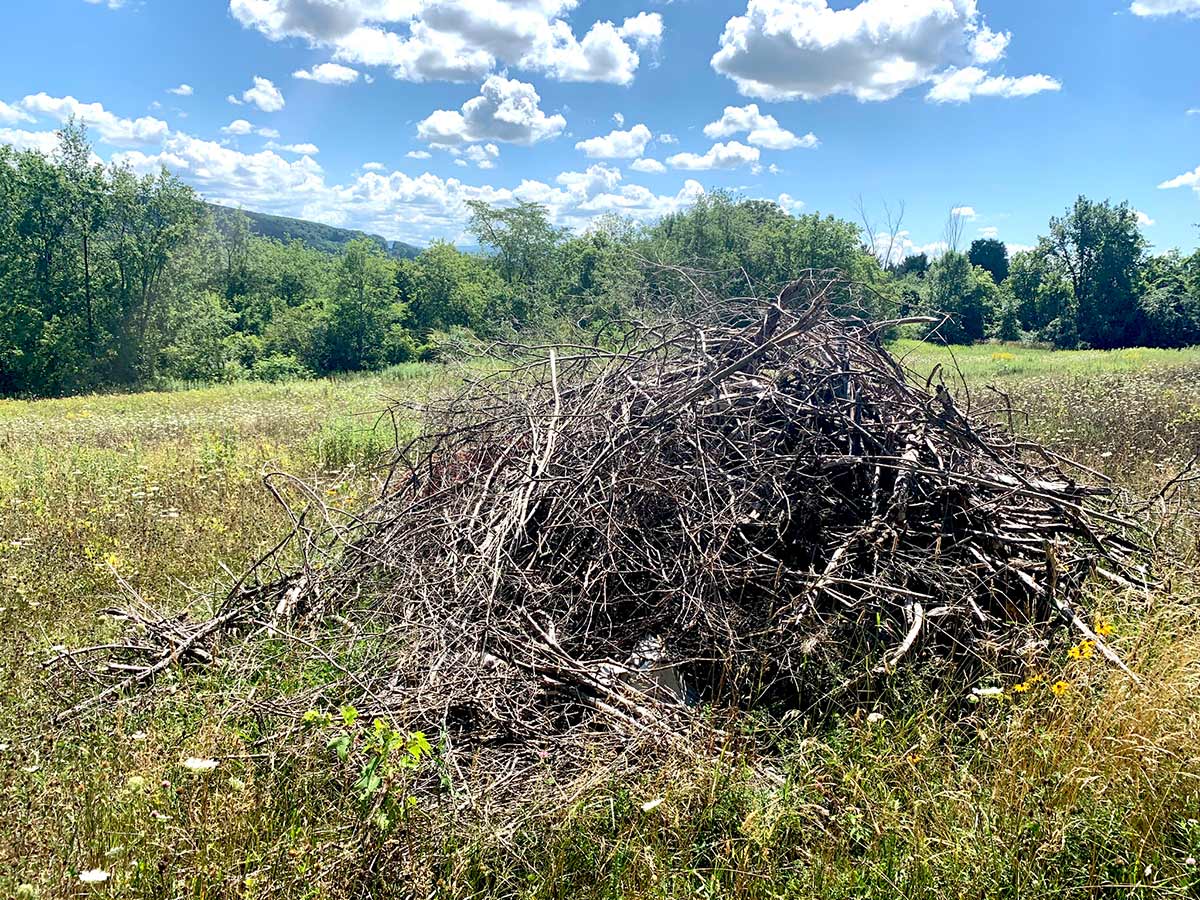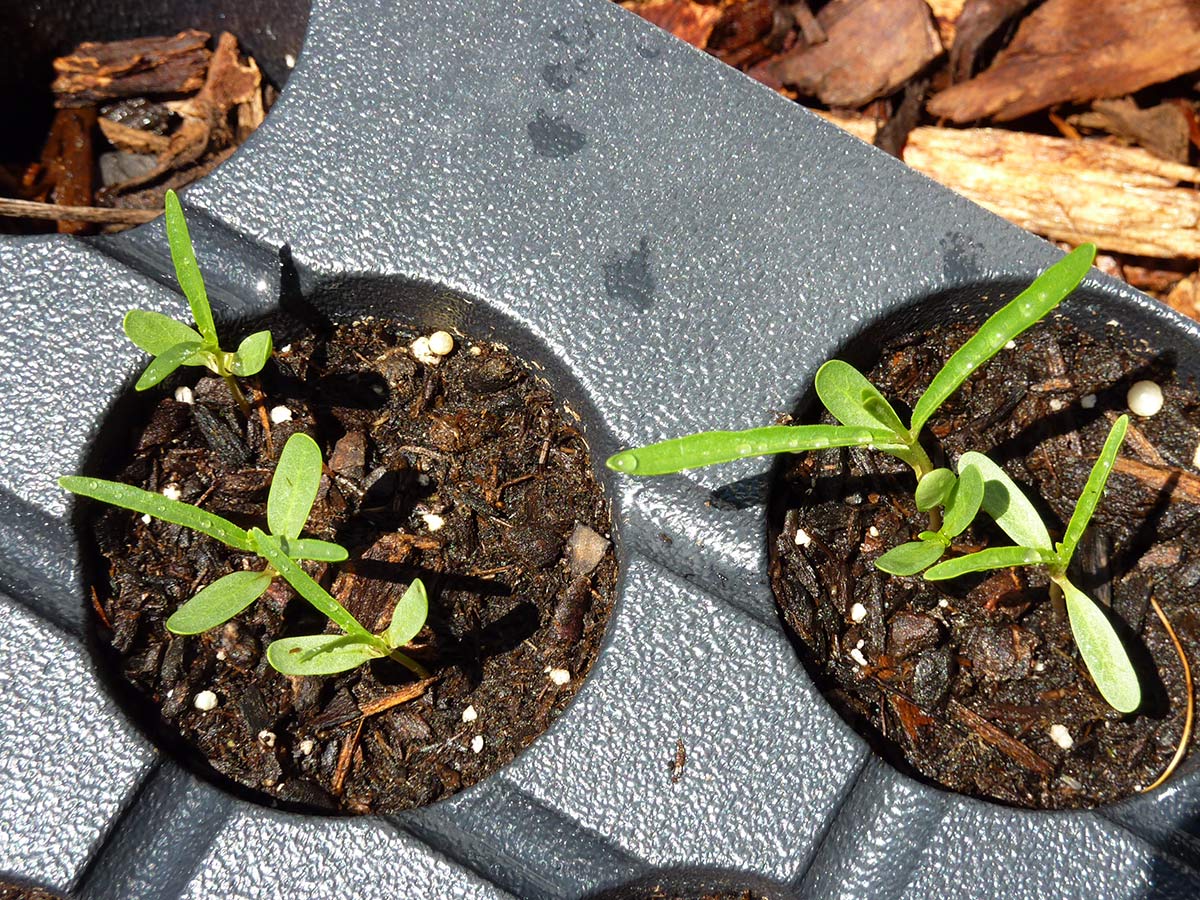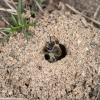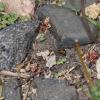Earth Week is a dedicated span of time each year to prioritize and celebrate wildlife conservation. It’s a reminder that we are part of ecosystems around that world that rely on interconnected species to thrive. As citizens of the Earth, we have a duty to protect biodiversity.
As a group, invertebrates are model specimens for biodiversity. 94% of the world’s animal species are spineless. That’s well over a million different species of invertebrates, even though they are often small and overlooked. For example, there are about 6,000 species of lady beetles alone. That means that protecting invertebrates is defending biodiversity. And since our ecosystems are interdependent, invertebrate conservation also helps plants, wildlife, and humans alike.
There are several high-impact actions that you can take to protect biodiversity this week. Earth Week only comes once a year, so make your participation count!
Create a new microhabitat in your space
A microhabitat is a specific small-scale environment that provides a home for certain animals. Consider what microhabitats are natural in your region and landscape type and find a gap to fill. For invertebrates, this might be a small pond or water source, a rotting log, a mound of brush, a pile of rocks, leaf litter, a compost pile, cut stems, bare ground, or native plants.

Ask your local plant vendors if their inventory is pollinator-safe or pesticide-free
While most pesticides claim to kill certain pests, they often kill and harm many other species at the same time. Talk with employees at several nurseries or suppliers in your area to learn about their plants’ interactions with pesticides. Help create demand for pesticide-free plants and pollinator-safe growing practices. Do what you can to support the vendors who can definitively claim their plants are safe from harmful chemicals, and inspire those who can’t. Speak to your landscapers, too!
Plant 20 different species of native plants
Attract biodiversity with biodiversity! Restoring diverse native plant life provides habitat for diverse native invertebrates and other animals. You can do this at home, on a friend’s property, or on public land with permission. Plant trees, shrubs, and/or flowers. Source pollinator-safe and landscape-appropriate plants to provide the best habitat.

Host an Earth Week fundraiser for the Xerces Society
Amplify the impact of a donation by inviting folks to donate with you. Use our peer-to-peer fundraising platform to host a fundraiser with your family, friends, and neighbors. The sky's the limit for creative fundraiser themes. You could plant a native tree for every donation, walk a mile for every dollar raised, or shave your head if your donors reach a goal. You can auction off art, sell lemonade, or simply ask your connections for money.
Record observations of as many species as you can find
Use the iNaturalist app or field guides from the library to identify the species around you. Chances are there will be many invertebrates on your list. The more we know about where they are located, the better we can craft conservation strategies for declining species. To conduct more focused research, you can join a community science project.

Complete the X Kids activity booklet with a child in your life
Teach a young mind to love and respect biodiversity with our X Kids activity book, recommended for ages 8 through 11. Supplement with on-theme books from the library and search for invertebrates and other creatures outside.
Host an Earth Week celebration
Invite friends to spend time celebrating conservation with you in the outdoors. This can take the form of a garden tour, a plant/seed swap, a planting party, a field trip, or volunteer effort. Share resources and information with your guests that will help them make the most of Earth Week.
Plant a native rain garden and clean up aquatic environments
When it rains, water pours into streams, rivers, and oceans, taking sediment, chemicals, and more from our cities into the homes of aquatic animals. Planting a native rain garden helps trap water in the ground before it reaches those waterways, using the power of long-rooted native plants on low ground to drink up runoff water. You could also find and participate in a direct river, watershed, or ocean cleanup effort to help aquatic species.
Identify invasive or exotic species in your yard and make a plan for removal
Invasive plants are non-native to the ecosystem where they are growing, and they often compete with native species that the local ecosystem relies on. Use the iNaturalist app or contact your local weed board to identify any plants in your yard that could be replaced with native growth. Make a plan for native habitat restoration over time.
Advocate with your grocery selections
Agriculture has a lot of influence on biodiversity because so much land across the world is dedicated to food production. During this week’s grocery trip, choose organic or local when possible and purchase Bee Better Certified products to reduce your pesticide and carbon footprints. Consider keeping some of the new items on your shopping list permanently.

Craft an alternate pest management plan for your garden this year
When pesticides are used for cosmetic reasons or applied without evidence of pests, they often threaten biodiversity. Instead of using insecticides, fungicides, herbicides, or other pesticides, create a plan for managing pests with an integrated approach. This can include attracting natural pest predators, pulling weeds before they spread, removing standing water, changing plant care methods, and monitoring for pests.
Minimize your carbon footprint
Climate change disrupts biodiversity. See how low you can go with your carbon footprint this week. Experiment with making big changes this week and then see what changes you can stick with when Earth Week is over.
Plant as many different native milkweed varieties as you can find locally
Milkweed is a wildflower that provides habitat for several creatures that are specialists. In other words, animals like the monarch butterfly depend on milkweed plants specifically. Native milkweed can be hard to obtain. Talk to vendors in your area and help raise demand for more and more diverse native milkweed offerings. Share our Milkweed Finder with shops where you do find native milkweed, and they can request to be added to our directory. You can also ask about pollinator-safe growing practices while you are at it!




